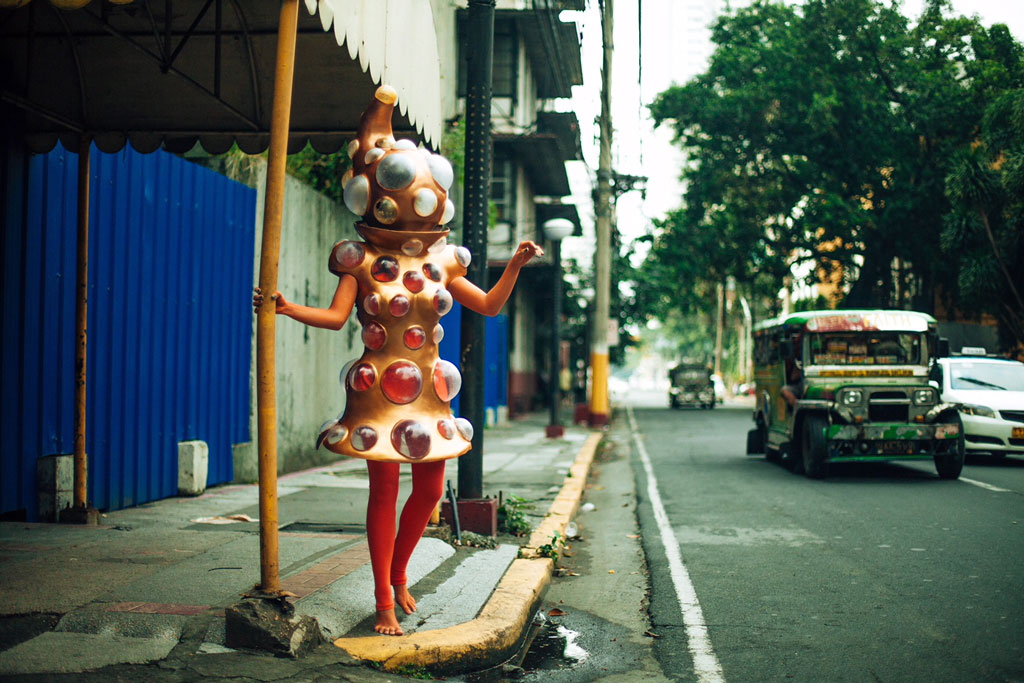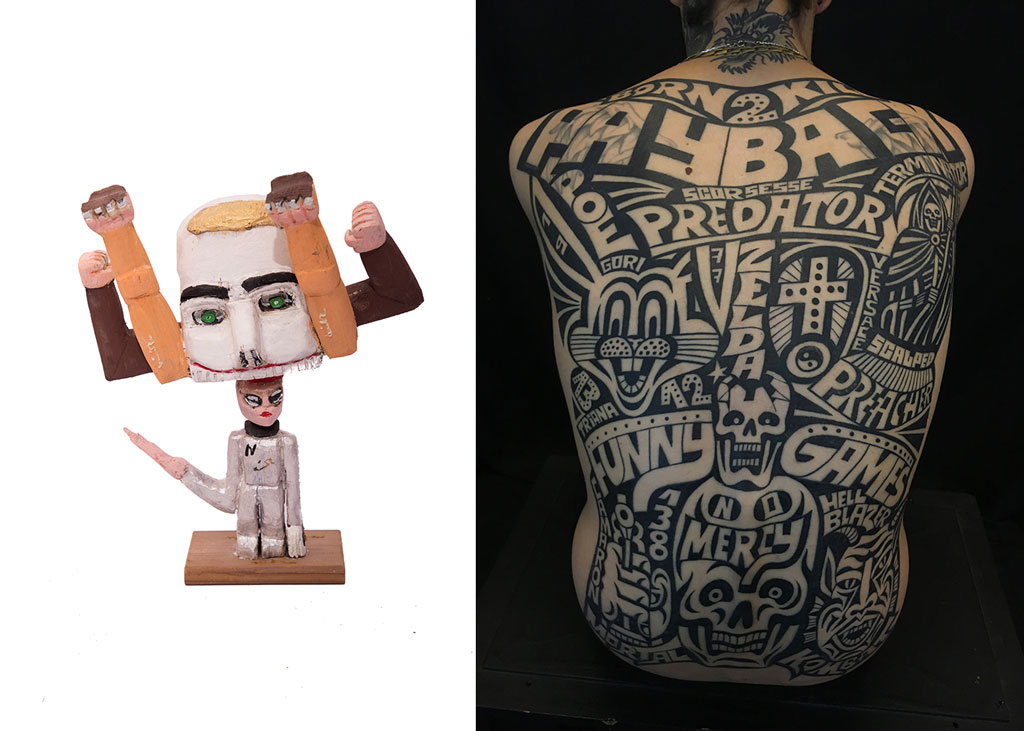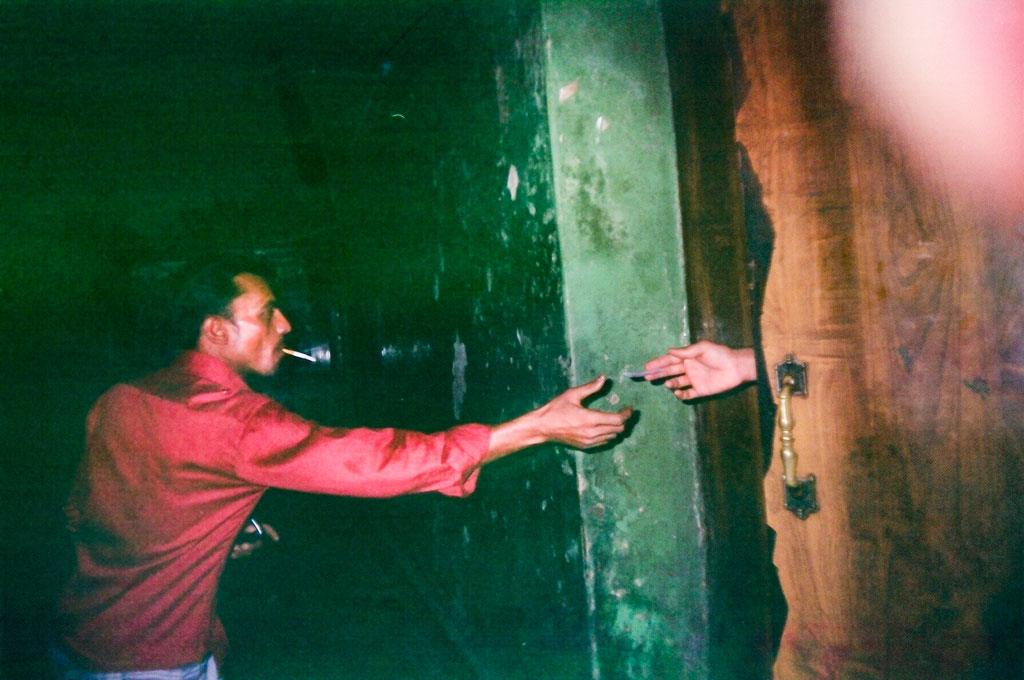ART-PREVIEW:City Prince/sses
The exhibition “City Prince/sses” at Palais de Tokyo is presented as an imaginary, multiple and complex city, without borders, messy, staggering and creative: an unpredictable laboratory, which is always in motion and being (re)constructed. 50 visual artists, creators, fashion designers, experimenters, tattooists and musicians are presented without any geographical grouping, mostly via new productions and in situ interventions.
By Dimitris Lempesis
Photo: Palais de Tokyo Archive
The presentation of “City Prince/sses” has been conceptualised by the architect Olivier Goethals following the rhythms of the day and the night, profusion and desaturation, alternating monographic zones and territories for encounters. He has elaborated an architectural pathway which shows up and highlights the energy lines of the building of Palais de Tokyo, here seen as a massive shared space, like those “places where the thoughts of the world meet the thoughts of the world”. Between skyscrapers and shacks, emergency and patience, megacities, like Dhaka, Lagos, Manila, Mexico City and Tehran a research context, a playground, in which creators sample the multiple layers that build it up so as to extract from it an out-sized hybridization which is being constantly metamorphosed. These megacities have had a chaotic expansion, mingling transfers of capital and technological connexions in financial centres, which generate civic margins with countless inequalities. This vast disorderly movement transforms these cities into a ceaseless worksite, tending towards imaginary transformations. Among the participating artists, Mohammad Shoaib is one of the last film poster painters in Bangladesh. He is part of the Jothashilpa Centre of Traditional and Contemporary Art, founded in 2016. The aim of this art centre is to highlight the artistic practices of Bangladesh and mix contemporary and folk art along with craftmanship, so as to form a new artistic language. While adopting movie codes, he will produce a new painting in which the characters will be replaced by a selection of works chosen from the exhibition. At once a painter and tattoo artist, Luciano Calderon makes drawings that cover the bodies he injects with black lines, forming faces, skulls, animals and letters like a pitiless series of vanities. Inspired from graffiti, sign painting or traditional Latino-American art, this Bolivian-born Swiss tattoo artist is still considered to be one of Mexico City’s greatest tattoo artists. After graduating in photography from the University of Arts in Tehran in 2002, Mehraneh Atashi started a career in photojournalism before turning towards artistic photography. Between installations, videos and photographs, her various projects take a critically humoristic view of Iranian society. Mehraneh Atashi builds up hybrid landscapes using constructed or recuperated items which are normally unrecoverable, reflecting environmental complexity and are an invitation to thinking about a possible future. For the exhibition the artist has updated and extended her installation “Flotsam, Jetsam, Lagan and Derelict” (Grazer Kunstverein, Amsterdam, 2018), elaborating a fantastical, sensual cave, which will host a performance on the opening night. In Lagos, fashion is not just a way of dressing but also a lifestyle. Stephen Tayo, a stylist and street photographer, publishes each day on his Instagram account the stylish male and female dressers who are not necessarily trying to be fashionable, associating copies of big brands with traditional garments. Tayo has recently focused his photographic work on the figure of twins, recalling the fascination for the Ibeji in Yoruba culture. Leeroy New is an artist and designer who graduated from the Fine Arts department of the University of the Philippines, and whose practice is placed between film, theatre, design and fashion. His work is inspired from organic environments and the living worlds that transpose the urban jungle into poetic universes. For the exhibition colorful protuberances occupy Palais de Tokyo’s Païpe – transformed during the exhibition into a Coca Cola bar – focused on proliferation. This unfamiliar, organic architecture conceived by Leeroy New has been produced using plastic objects, such as those that can be found on South-East Asian markets. Ashfika Rahman studied at the Pathsala South Asian Media Institute and continued her photojournalism studies in Germany. In her photographs and texts, this multidisciplinary artist takes on social questions linked to her country, like the abuses of local police forces regarding certain minorities. In the exhibition are on presentation her photographic series “The Last Audience” (2017) which documents a cinema in Old Dhaka which has become decrepit and brings together both prostitutes and drug dealers. By using outdated film, Ashfika Rahman cannot control the aesthetic result of her images which bare witness to the existence of an alternative world in Bangladesh. The group Biquini Wax EPS brings together visual artists, art historians, writers and curators who create exhibitions, performances and workshops. For the exhibition the group presents the installation “Sa la na, a yuum, iasis, laissez faire, laissez passer” (2019) that depicts a resin killer whale alluding to the heroes of the 1993 film, “Free Willy”. This installation aims at rethinking the history of Mexico City through this animal’s tragic destiny, considered to be one of the city’s most popular symbols. After graduating in painting and mixed techniques from the Nsukka University of Nigeria, Ndidi Dike became self-taught in sculpture. Her installations mingling photography, sculpture and painting focus on postcolonial histories and heritage as well as the control policy of resources which fashions the African continent both economically and socially. In the exhibition the artist presents for the first time in Europe three of her installations: “Trace: Transactional Aesthetics” (2015), “National Grid” (2015-16) and “Untitled II” (2016) which explore the contemporary traces of the colonial economy, with expressions of consumerism in a globalised Nigerian context.
Info: Curator: Hugo Vitrani, Associate Curator: Fabien Danesi, Assistant Curator: Eva Vaslamatzi, Intern: Camille Velluet, Architect: Olivier Goethals, Palais de Tokyo, 13 Avenue du Président Wilson, Paris, Duration: 21/6-8/9/19, Days & Hours: Mon & Wed-Sun: 12:00-24:00, www.palaisdetokyo.com






